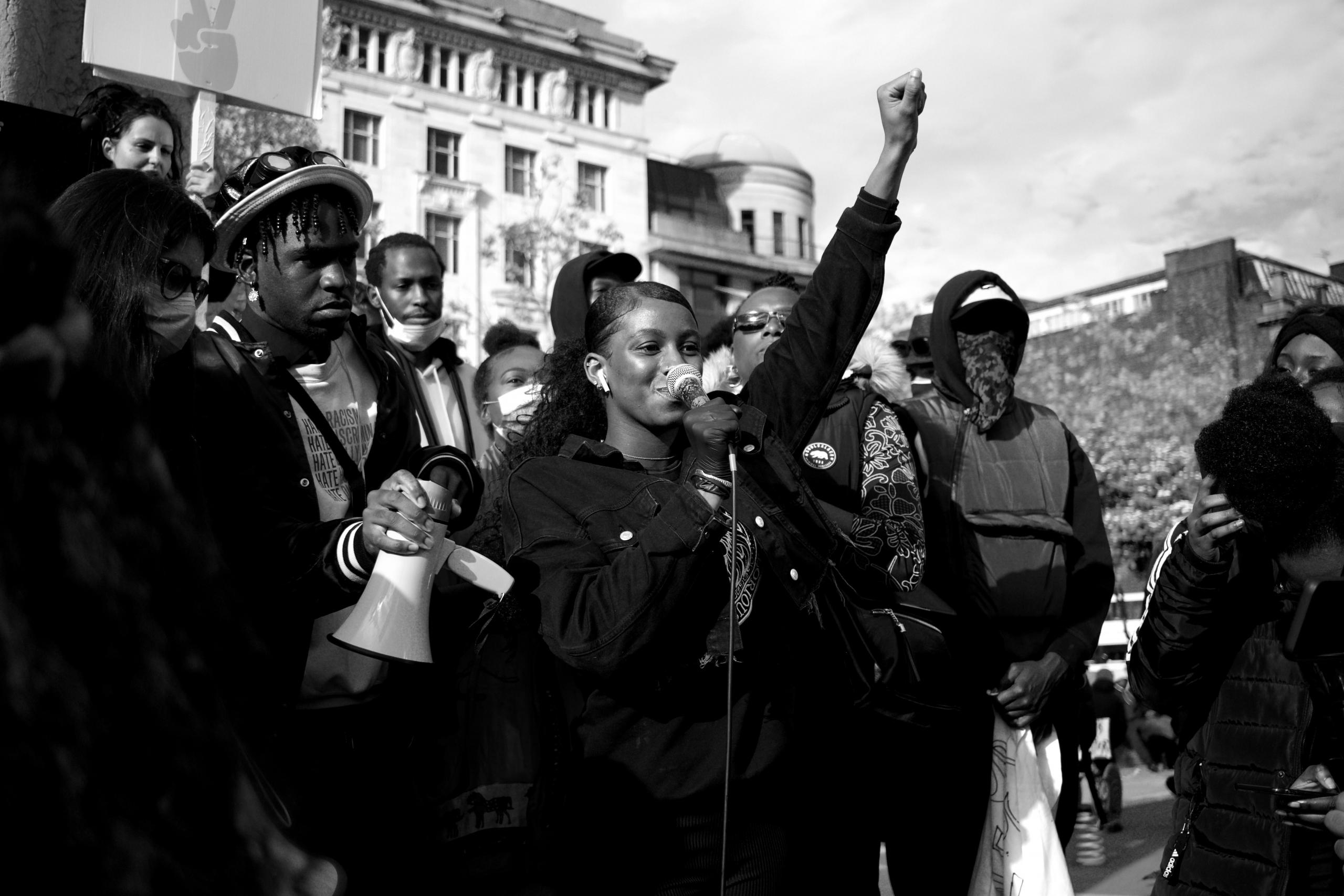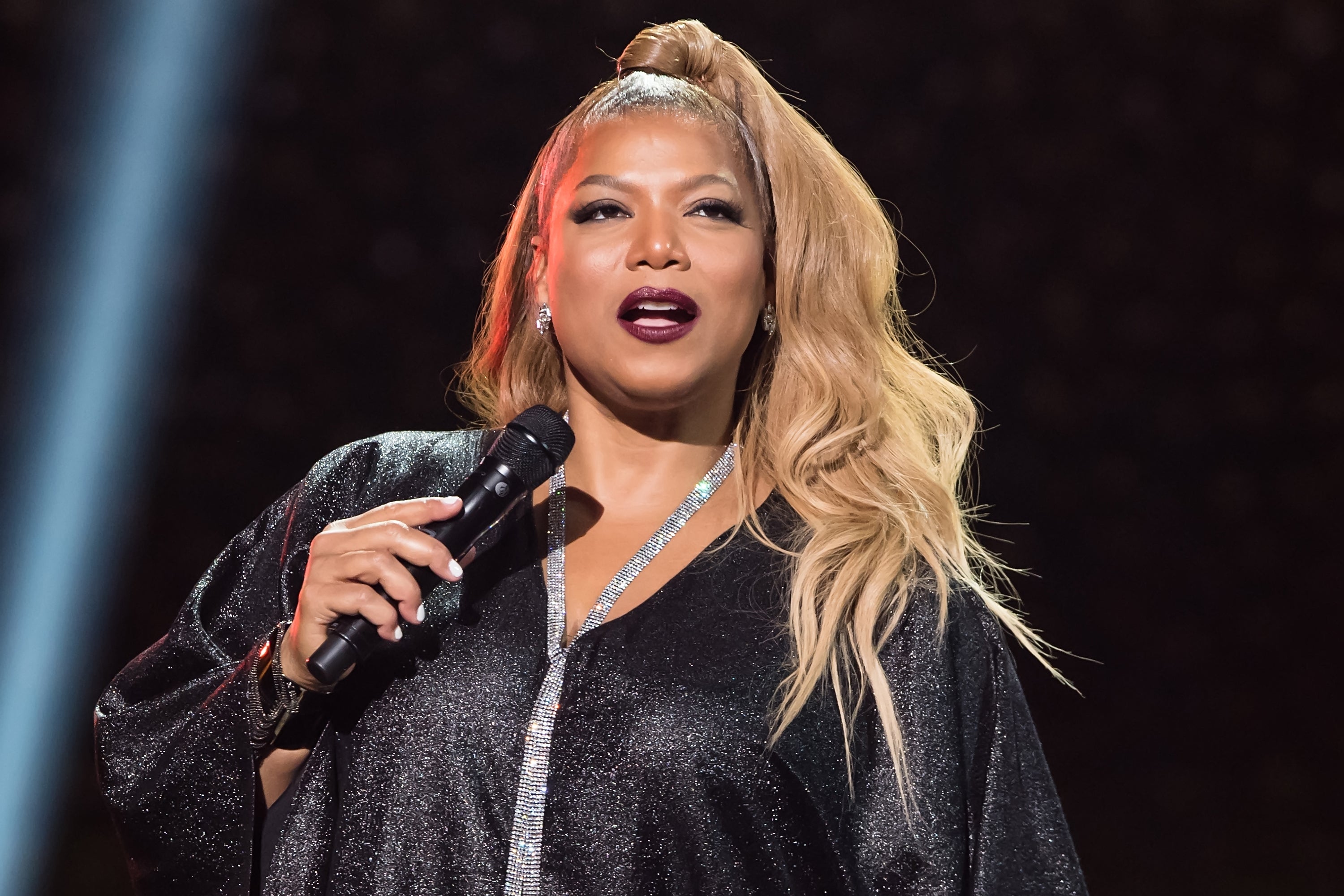
The Hiphop’s Reach and Influence Worldwide
From the underground clubs of New York to the bustling streets of Johannesburg, hip-hop's heartbeat pulses strongly. What began as an expression of life and struggle in the Bronx has evolved into a cultural phenomenon that unites and empowers people worldwide. How did this genre, born from the urban landscapes of America, become a global powerhouse? You're curious too? Let's discover it together.
A Universal Language
One of the most fascinating aspects of hip-hop is its ability to transcend language barriers. Even if you don’t understand the lyrics, the rhythm, beat, and energy of hip-hop speak a universal language that resonates with people from all walks of life. This universal appeal has enabled hip-hop to thrive in diverse cultures, each adding its unique flavor to the genre.
For instance, in France, artists like MC Solaar and IAM have seamlessly blended French language and culture with hip-hop’s beats and rhymes, creating a unique and powerful sound. In South Korea, the K-hip-hop scene is booming with artists like BTS’s RM and Zico pushing the boundaries of the genre, while in Brazil, rappers like Emicida address social issues through their music, making hip-hop a vehicle for change.
Influencing Fashion and Culture
Hip-hop’s influence extends far beyond music; it’s a driving force in fashion and culture. The genre’s unique style—characterized by baggy clothes, sneakers, and bold accessories—has become a global trend. Brands like Adidas, Nike, and Supreme have embraced hip-hop culture, collaborating with artists to create exclusive lines that fans eagerly snap up.
In Tokyo’s Harajuku district, you’ll find fashion inspired by hip-hop culture blending with traditional Japanese styles, creating a vibrant and eclectic scene. In South Africa, local designers incorporate hip-hop aesthetics into their creations, showcasing the genre’s impact on fashion worldwide.
A Platform for Social Change
Hip-hop has always been a voice for the marginalized, and this role has only grown as the genre has spread globally. Around the world, hip-hop artists use their music to address social and political issues, from police brutality and corruption to inequality and poverty. Their powerful lyrics and compelling stories inspire listeners to think critically and take action.
In Nigeria, artists like Falz use their music to speak out against government corruption and advocate for social justice. In Palestine, hip-hop provides a means for young people to express their struggles and resist oppression. These artists show that hip-hop is more than just entertainment; it’s a powerful tool for change.
Bridging Cultures and Generations
Hip-hop has an incredible ability to bridge cultures and generations. The genre’s collaborative nature brings together artists from different backgrounds, creating a rich tapestry of sounds and stories. This cultural exchange enriches the genre, introducing new rhythms, instruments, and languages into the mix.
Consider the collaboration between American rapper Jay-Z and Punjabi artist Panjabi MC on the track “Beware of the Boys.” This fusion of hip-hop and traditional Indian music brought a fresh, exciting sound to audiences worldwide. Such collaborations highlight hip-hop’s capacity to unite people across cultural divides, fostering understanding and appreciation.
Inspiring Creativity and Innovation
Hip-hop’s influence on creativity and innovation is undeniable. From graffiti art and breakdancing to DJing and beatboxing, hip-hop has given rise to numerous artistic expressions that continue to evolve. These elements of hip-hop culture have become global art forms, celebrated in cities around the world.
In Berlin, street art inspired by hip-hop covers the city’s walls, turning urban spaces into vibrant galleries. In New York, breakdancers from all over the globe gather to compete and showcase their skills, pushing the boundaries of what’s possible with movement and rhythm.
Conclusion
Hip-hop’s reach and influence are truly global, touching every corner of the world and leaving an indelible mark on music, fashion, culture, and social movements. What began in the streets of the Bronx has grown into a universal language that connects people across continents, inspires change, and fosters creativity.
So, whether you’re in the bustling streets of Mumbai, the colorful neighborhoods of Rio de Janeiro, or the historic avenues of Paris, listen closely. You’ll hear the beat of hip-hop, a genre that knows no boundaries and continues to shape our world in powerful and unexpected ways.
Stay inspired, and keep exploring the global sounds of hip-hop.


